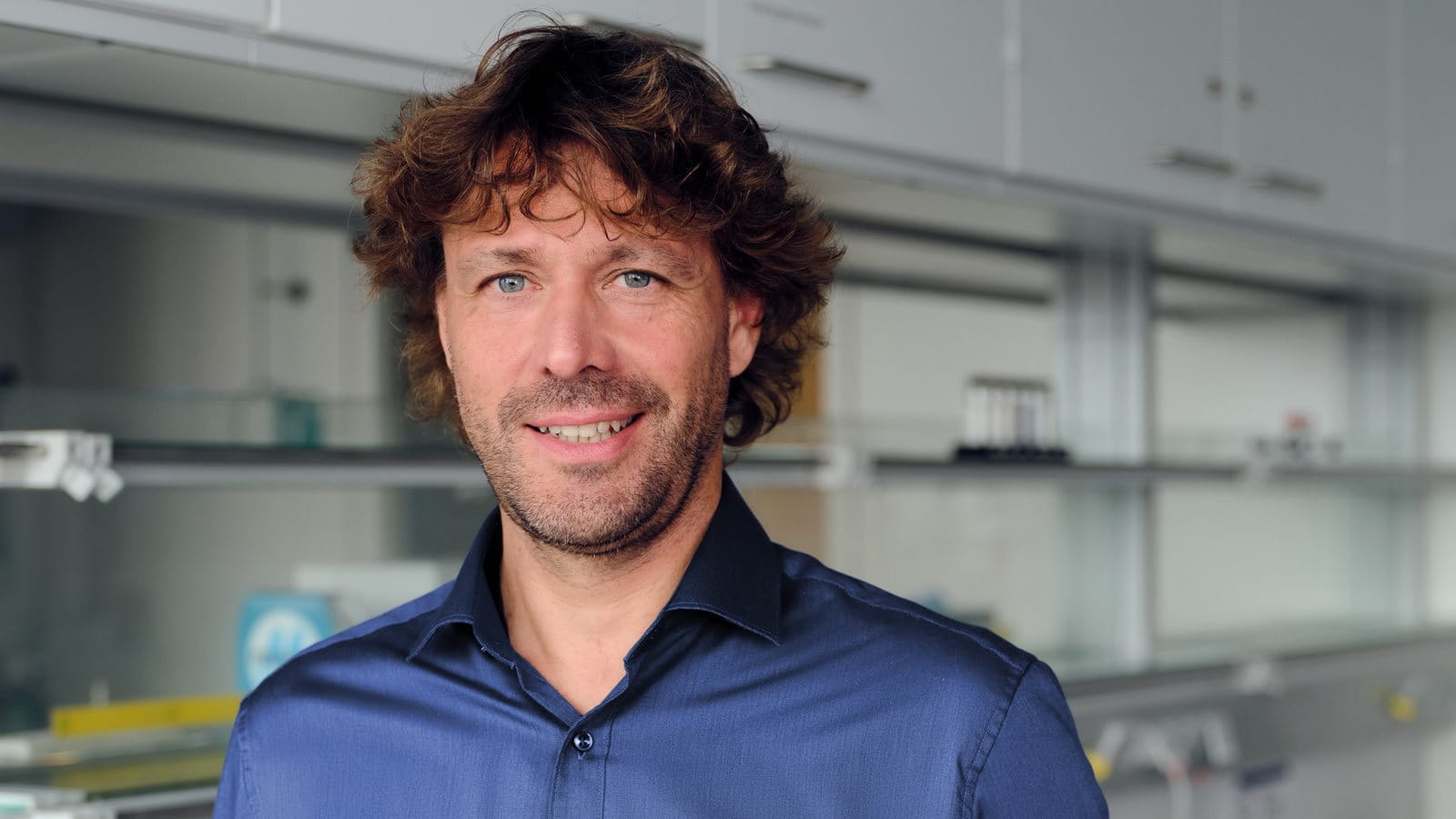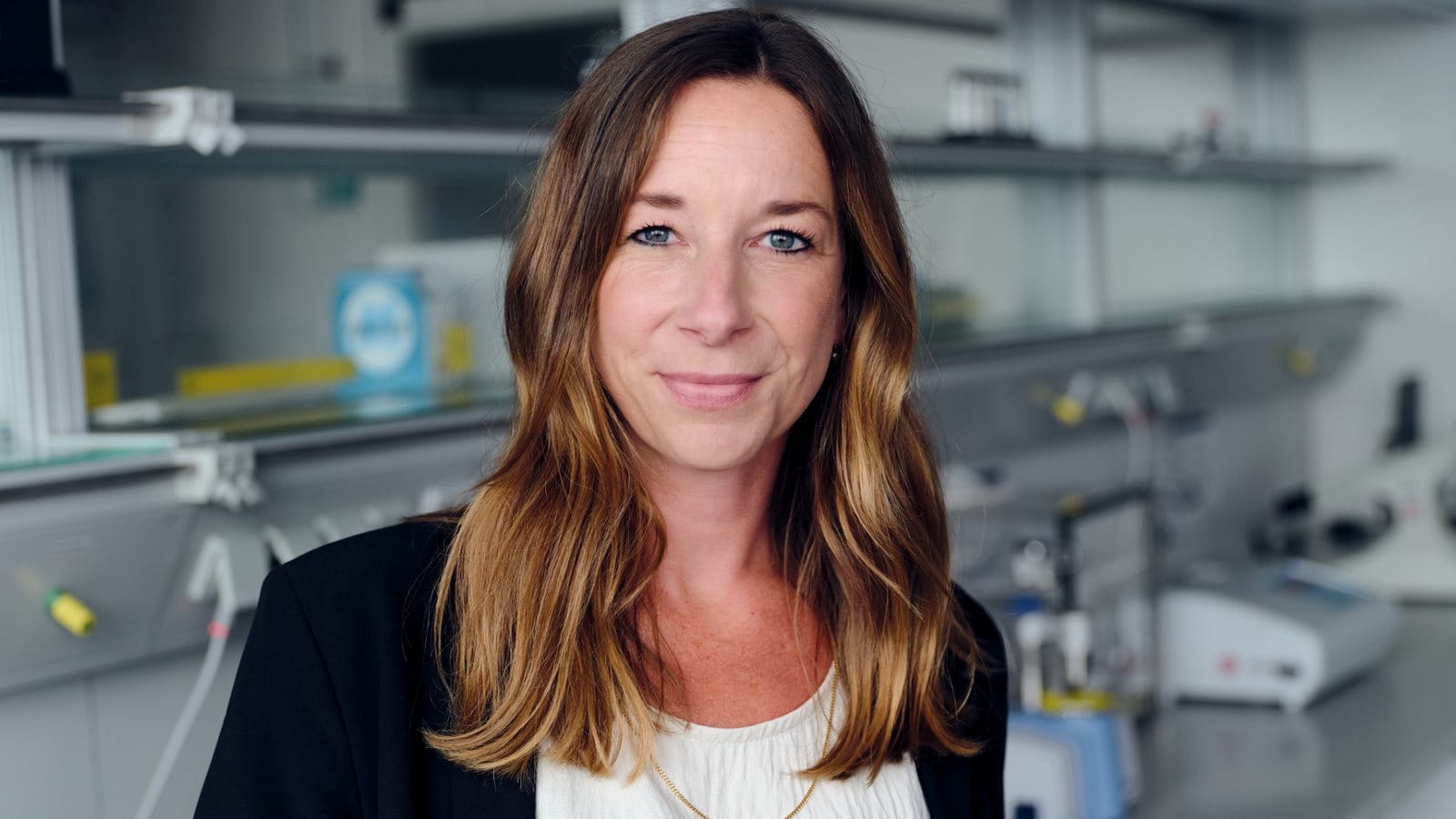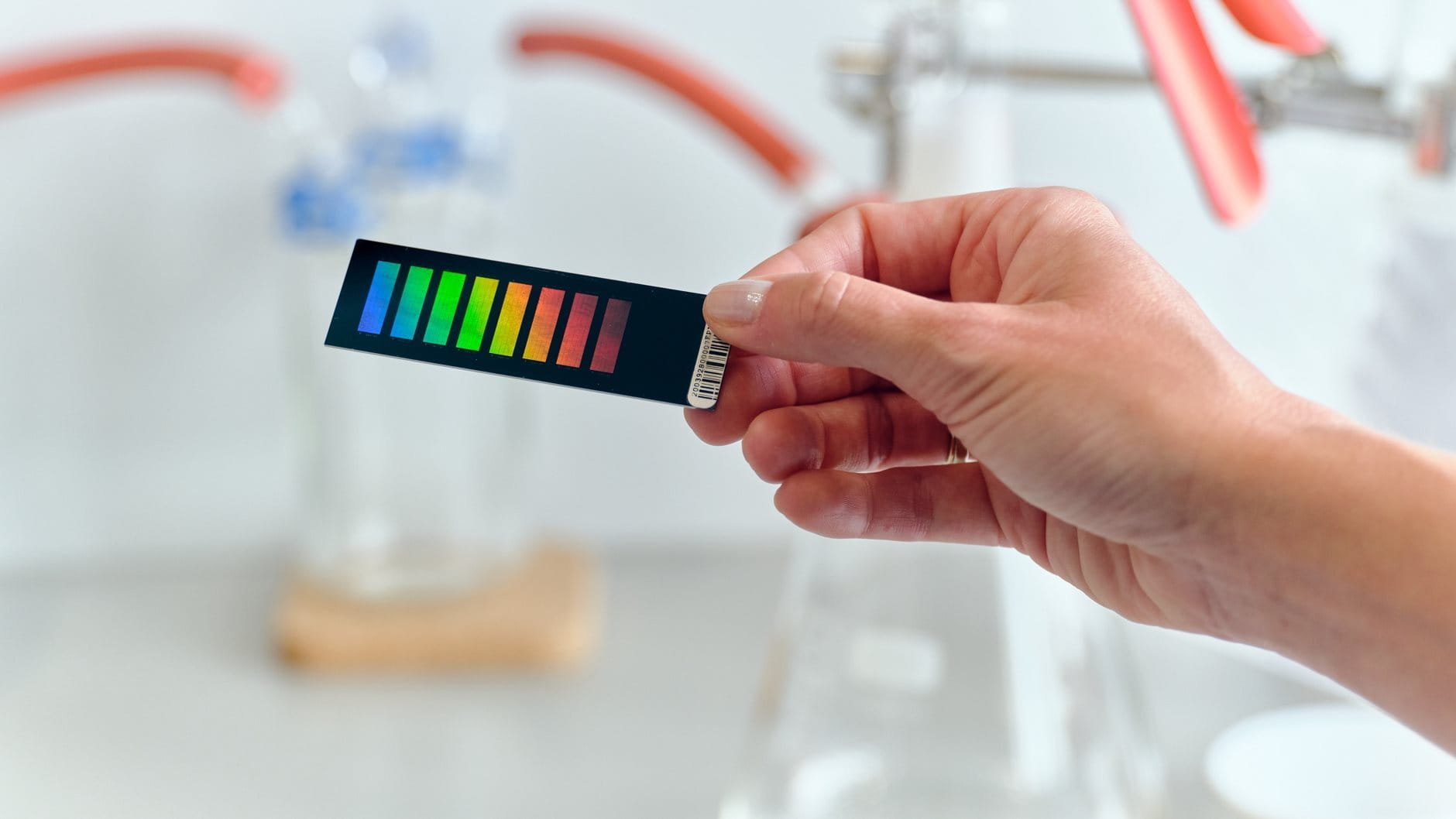Epigenetics Research | Expert Interview
More than 80 years ago, British scientist Conrad Hal Waddington recognized that there is a kind of link between our genome and the environment. He coined the term “epigenetics” to describe this connection. But it was not until the early 2000s that epigenetics became the focus of international research. Beiersdorf AG, which invested 291 million euros in research & development (> 1,000 employees) in fiscal year 2022 alone, is one of the pioneers in skin epigenetics. Dr. Marc Winnefeld, the Head of the Applied Skin Research Department at the company, and Dr. Elke Grönniger, Laboratory Manager for Skin Aging, explain in the following interview what is behind the patented SKIN AGE CLOCK technology – and what effects epigenetically active substances might have in skin creams.






